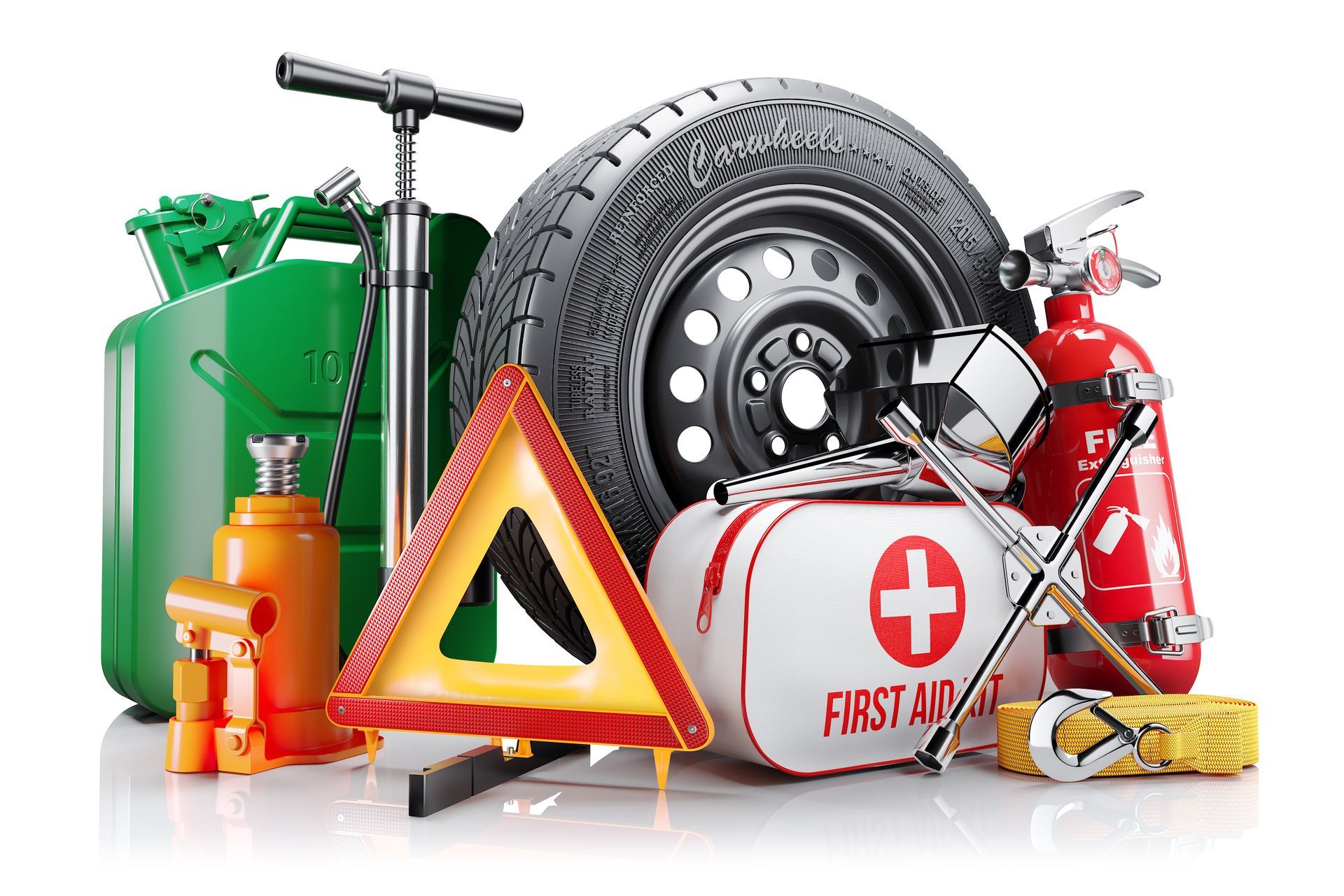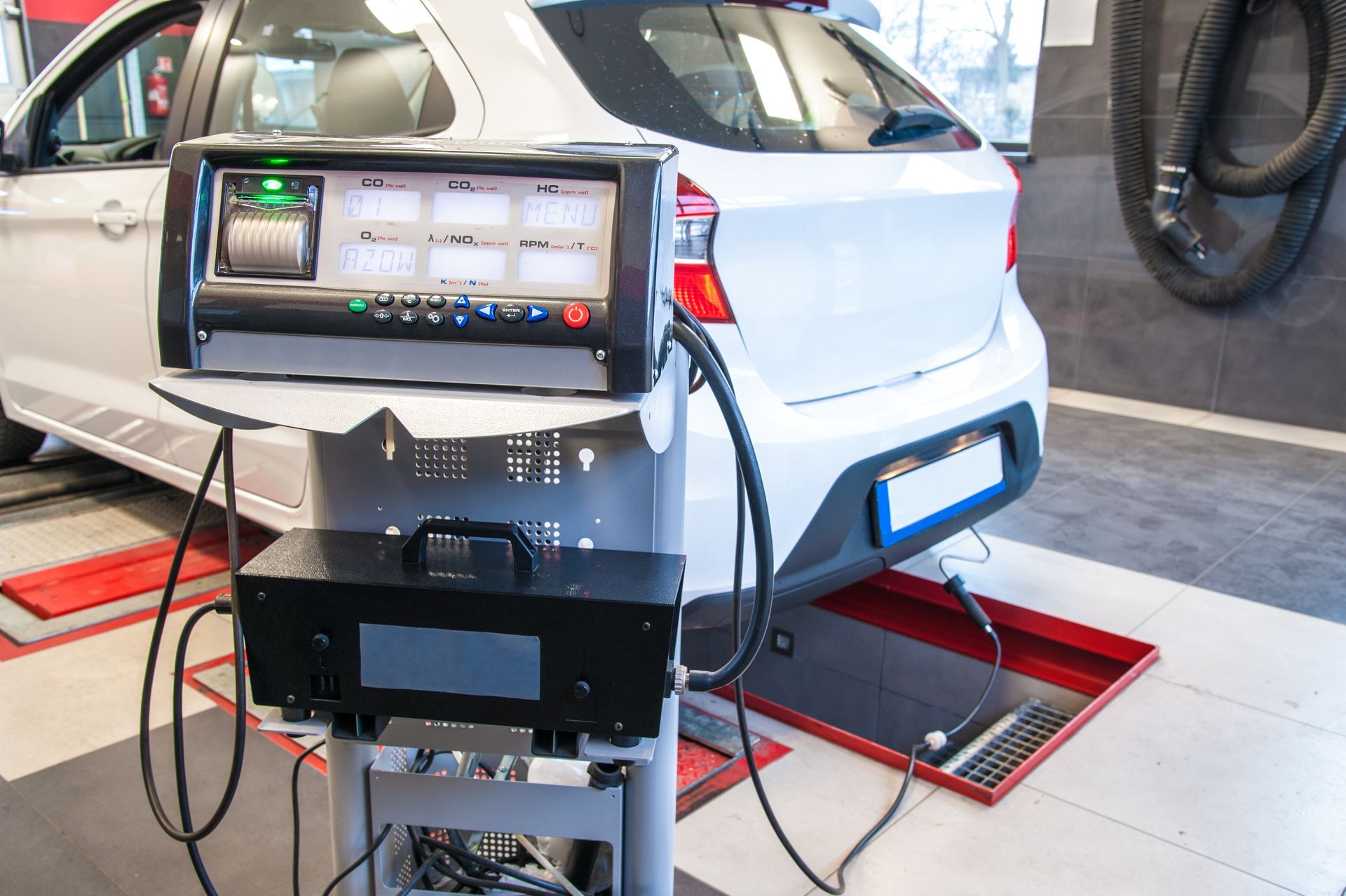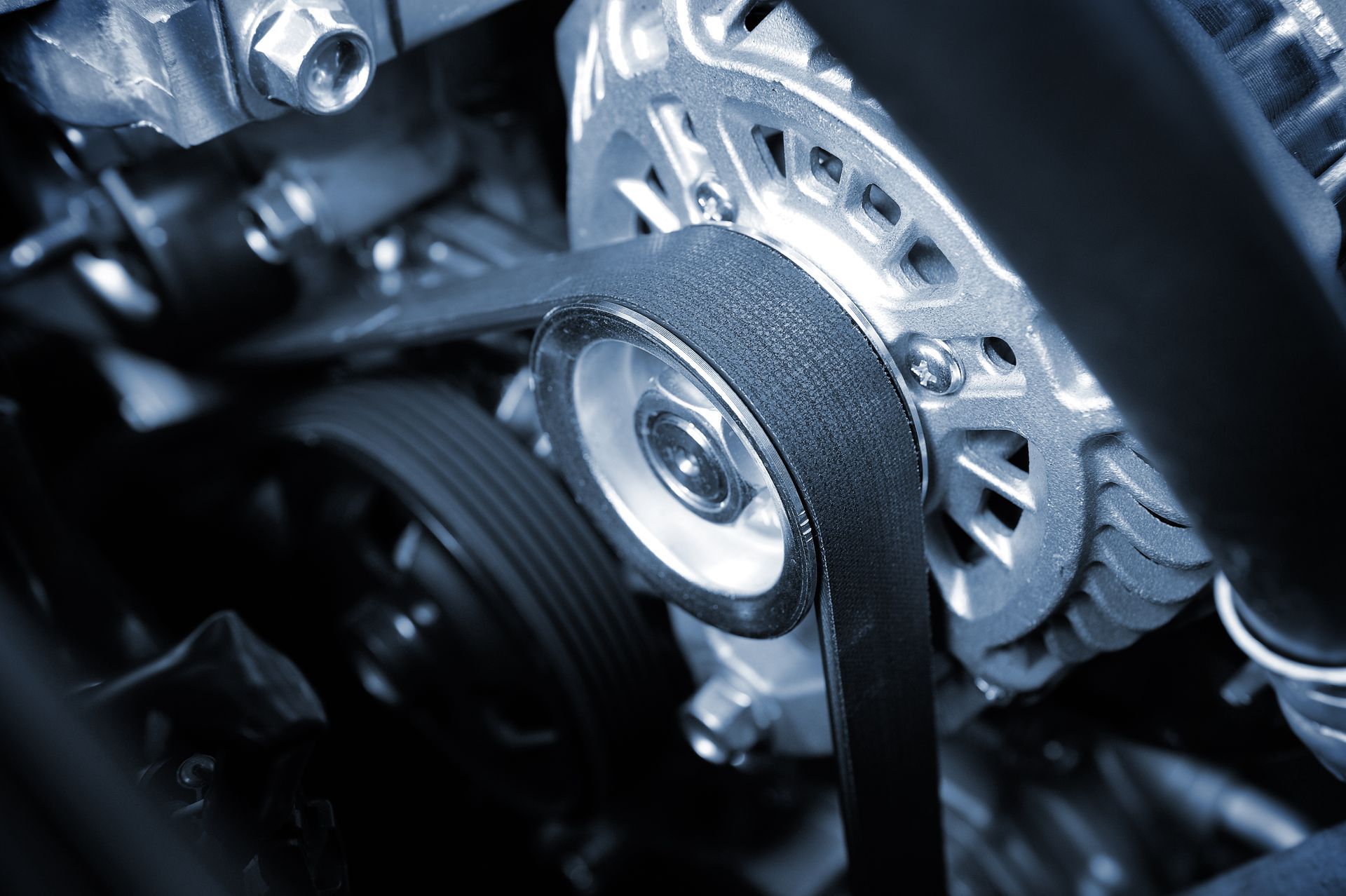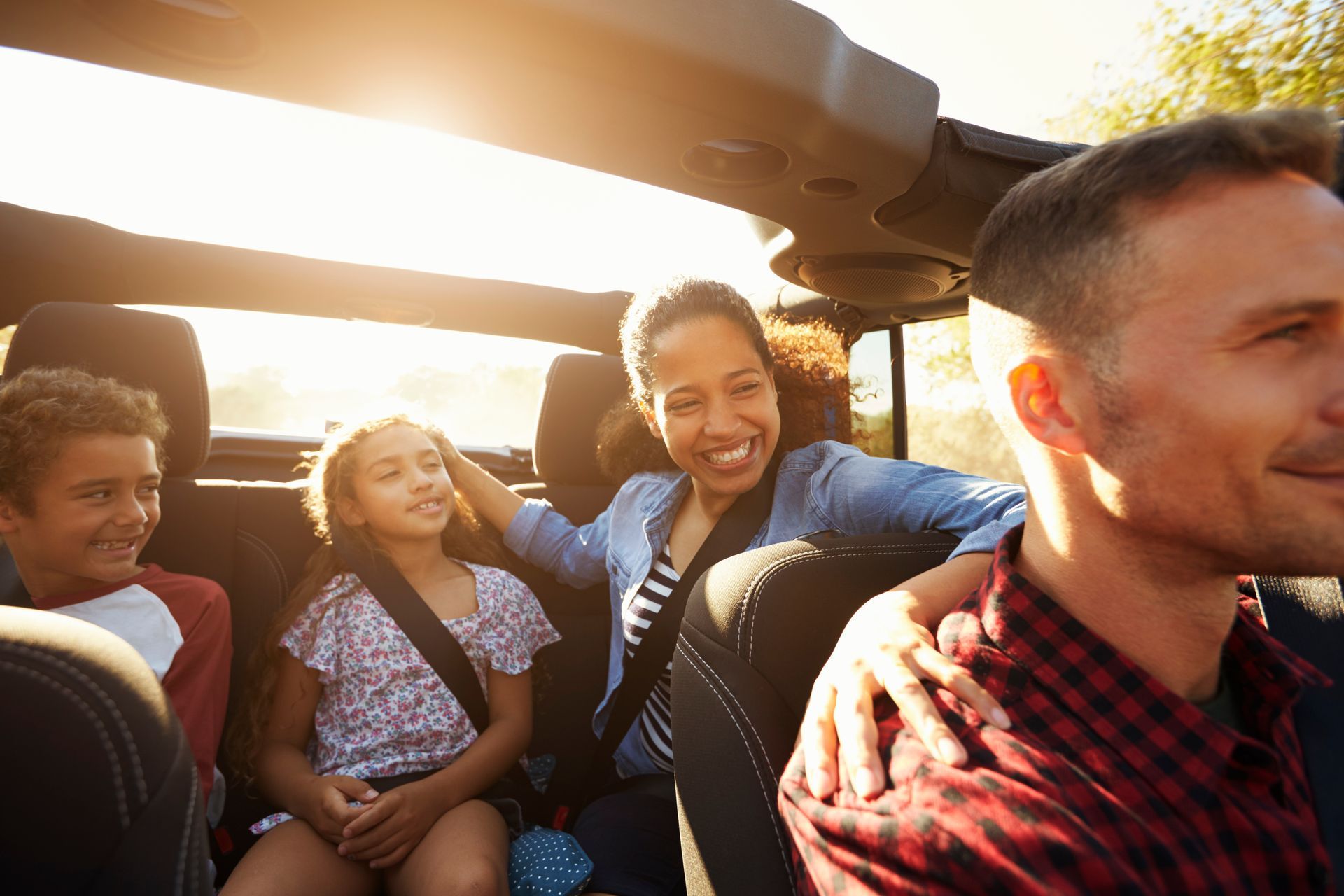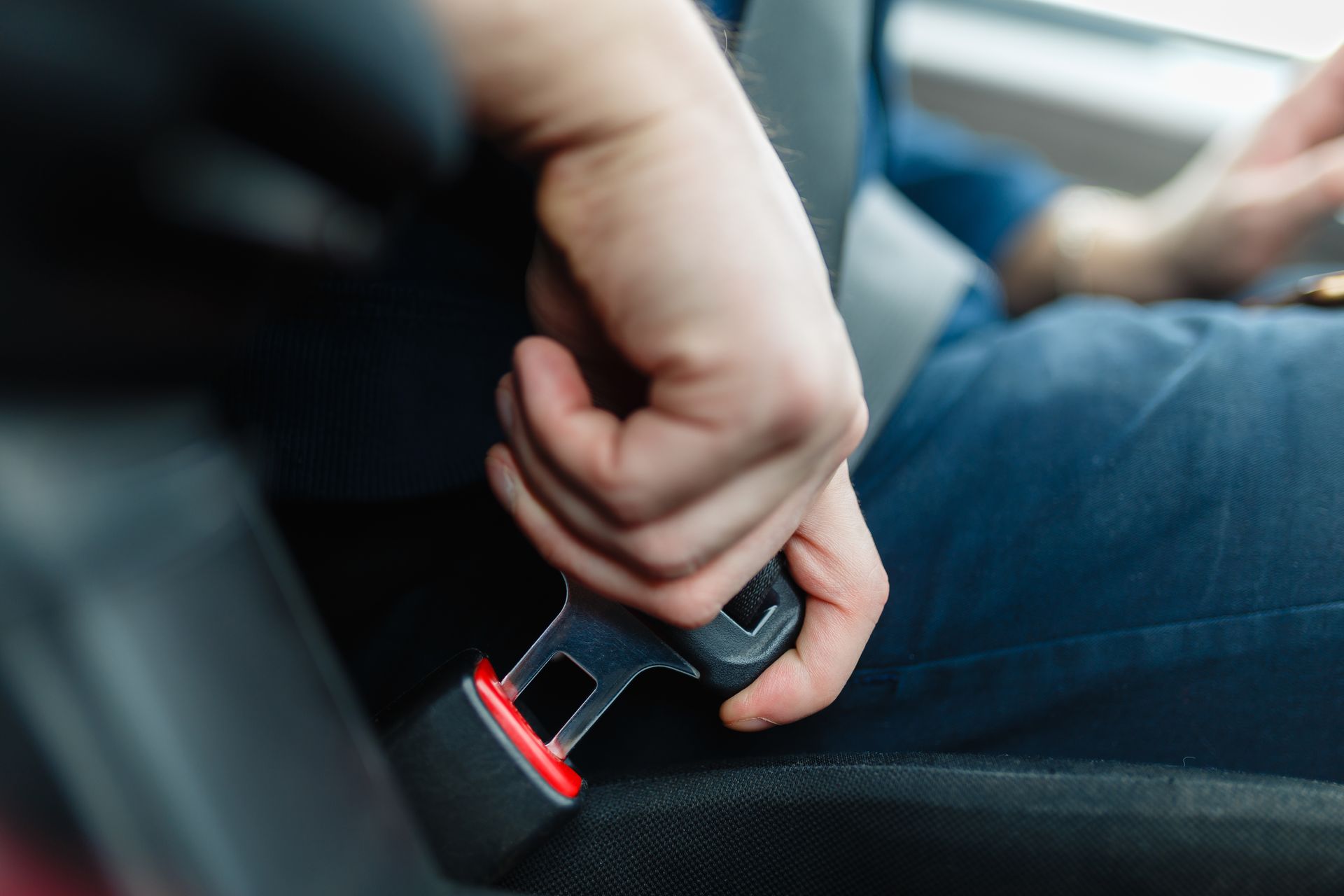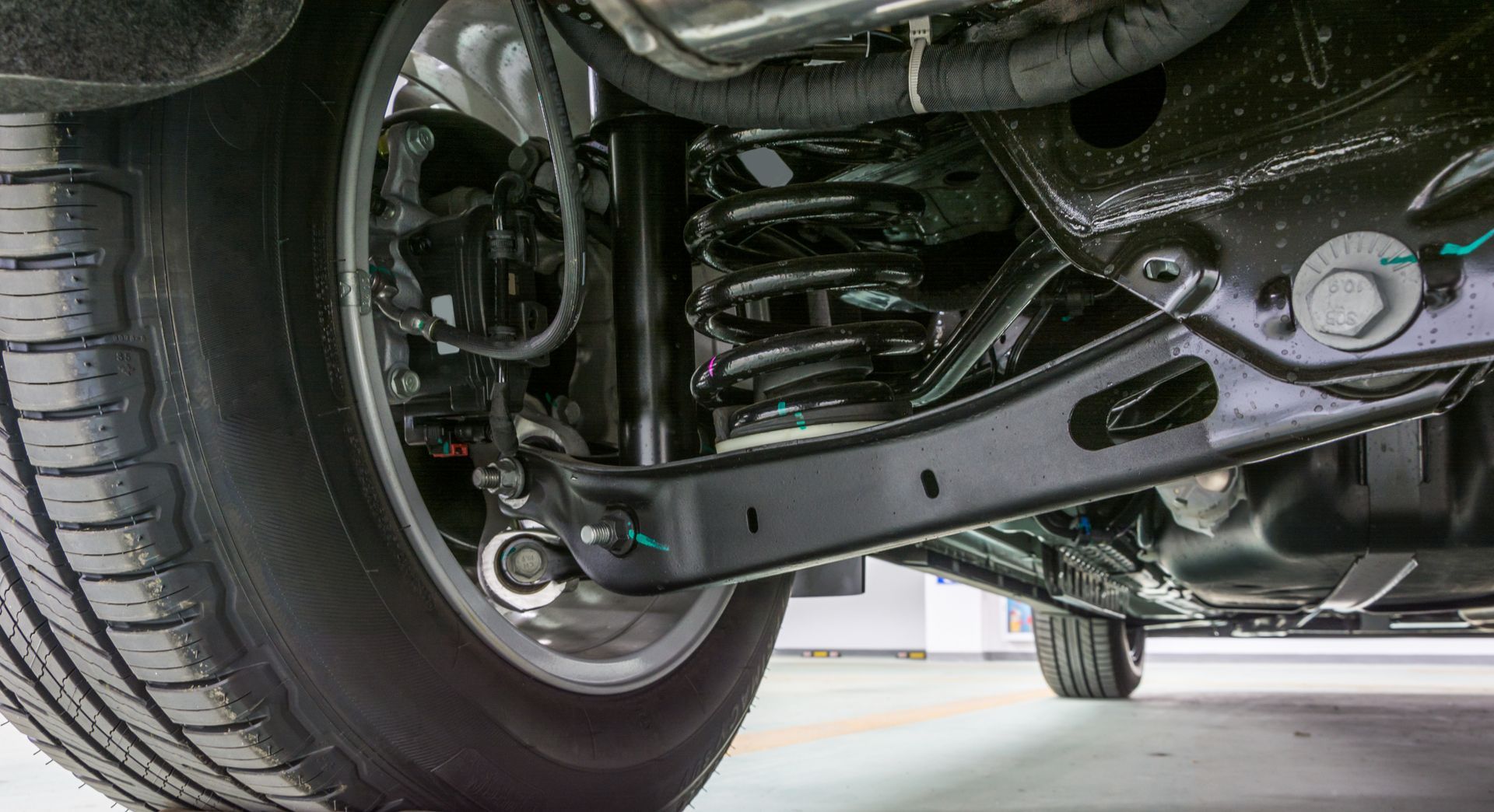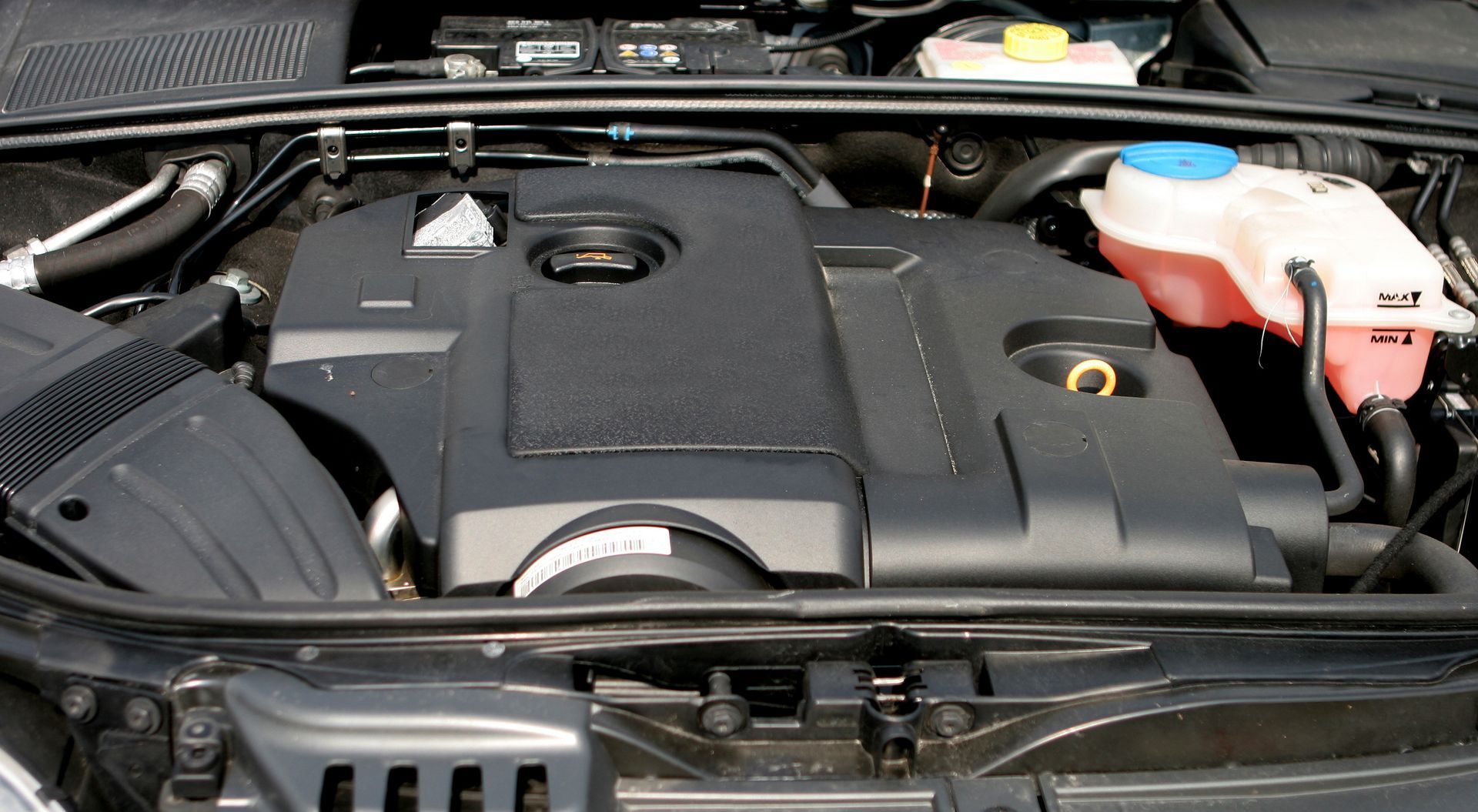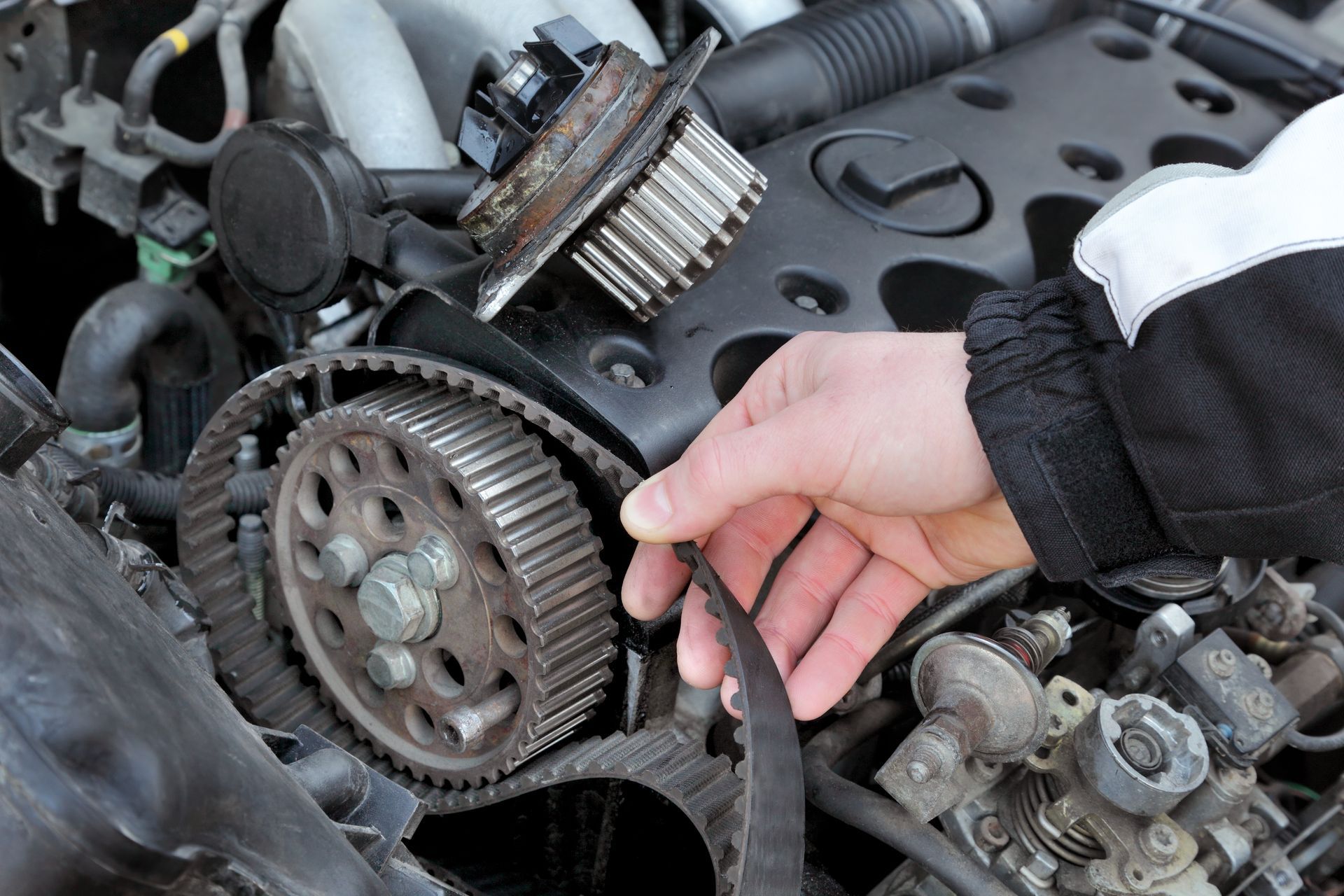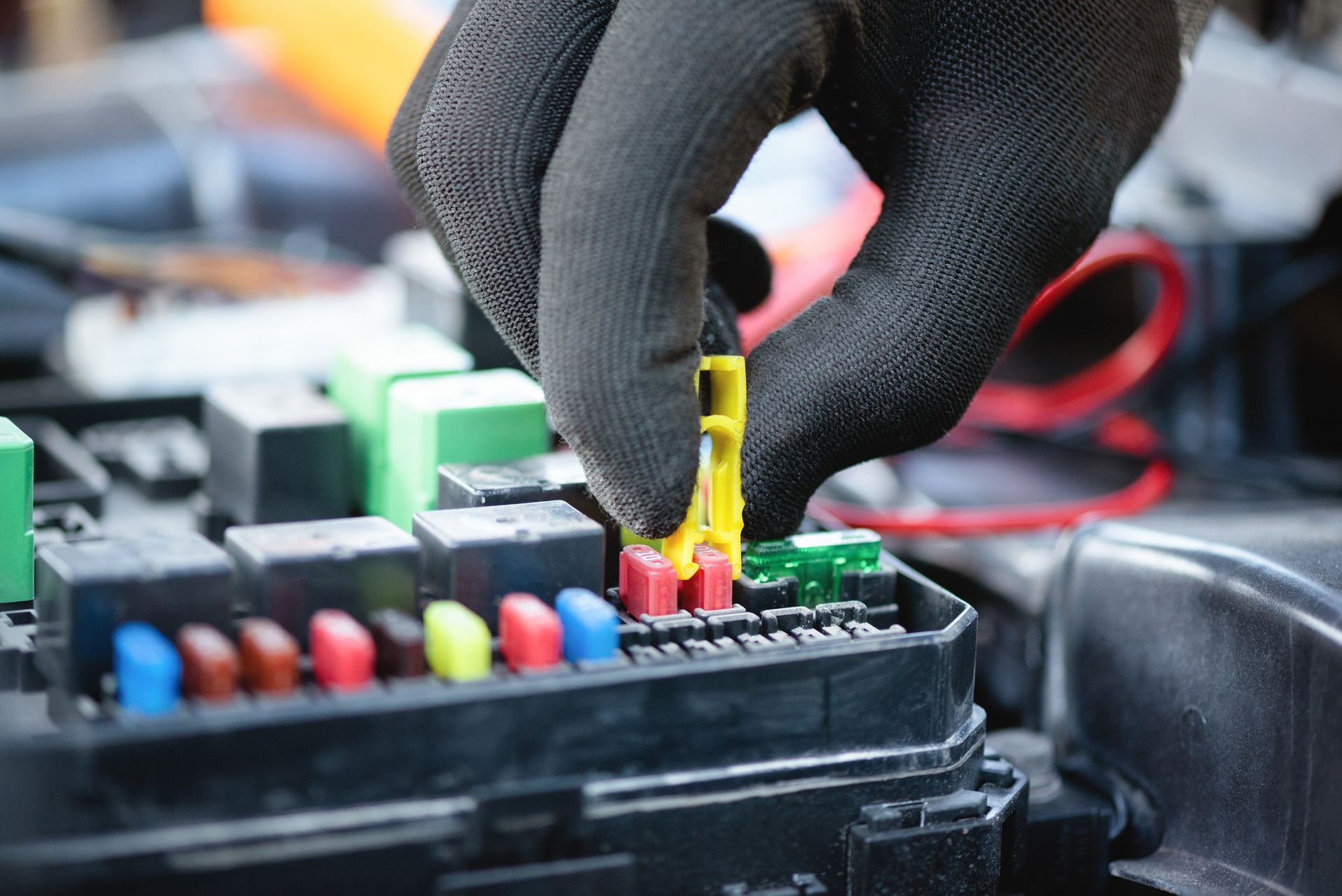Driving through rural areas offers beautiful scenery and peaceful roads, but it also comes with a unique set of risks, particularly the danger of encountering wildlife. Collisions with deer, raccoons, and other animals are more common than many drivers realize, especially in wooded or farmland regions. These incidents can cause serious vehicle damage, injuries, or worse. Fortunately, with the right awareness and precautions, you can greatly reduce your risk of a wildlife collision.
Why Wildlife Collisions Are So Common in Rural Areas
Rural roads often cut through natural habitats where wildlife lives and moves freely. Unlike urban areas, rural environments have fewer barriers and more open land, making it easier for animals to wander across roads.
Animals are most active at dawn and dusk, which coincides with common commuting times. Reduced visibility during these hours increases the chance that a driver won’t spot an animal in time to react safely. Deer, in particular, are known to dart across roads quickly, especially during the fall mating season, making them a leading cause of animal-related accidents.
Understanding Animal Behavior
To avoid collisions, it helps to understand how animals behave. Deer often travel in groups, so if you see one crossing the road, there's a good chance more are nearby. Many animals freeze in headlights, creating confusion and hesitation that can lead to an accident.
Animals are also more likely to cross roads near water sources, fields, and wooded areas. Curves, hills, and thick brush along the roadside can hide them from view until it's too late.
Key Ways to Reduce Your Risk
One of the most effective ways to avoid wildlife collisions is to slow down, especially in areas marked with wildlife crossing signs. These signs are placed in locations with a known history of animal activity, and reducing your speed gives you more time to react.
Use your high beams at night when there’s no oncoming traffic. High beams illuminate the road and roadside better, making it easier to spot animals’ eyes reflecting the light. Always remain alert and scan the sides of the road, not just the pavement ahead.
If you see an animal near the road, honk your horn and tap your brakes to alert it. Swerving is generally not advised because it can cause you to lose control or veer into another vehicle, a tree, or a ditch. It’s safer to brake firmly and stay in your lane if you can’t avoid the animal completely.
What to Do If a Collision Happens
Even with caution, accidents can still happen. If you hit an animal, stay calm and pull over safely. Turn on your hazard lights and check for damage. Don’t approach a wounded animal, as it may act unpredictably. Call local authorities or animal control to report the incident.
If your vehicle is damaged, assess whether it’s safe to drive. Leaking fluids, broken lights, or alignment problems could make driving hazardous. In these cases, call for roadside assistance or have your vehicle towed to a trusted repair shop.
Keeping Your Vehicle Wildlife-Ready
Beyond safe driving habits, certain vehicle checks can help in rural driving conditions. Ensure your headlights, fog lights, and windshield wipers are all in good working order. Clear visibility is essential when driving through areas with frequent animal crossings.
Your brakes and tires should also be in top shape. Strong brakes and good tire traction can make the difference between stopping in time and a dangerous impact.
Regular maintenance not only keeps your vehicle reliable but also prepares it for the unexpected, including encounters with wildlife.
Stay Safe on Rural Roads with Help from Top Gun Auto Repair in Georgetown, KY
Rural driving requires extra caution, especially when it comes to avoiding wildlife collisions. At Top Gun Auto Repair in Georgetown, KY, we help ensure your vehicle is prepared for the road ahead. From brake inspections to headlight checks and tire maintenance, our team can give your car the attention it needs to keep you safe and in control.
Schedule your next service today and drive confidently, no matter where the road takes you.

